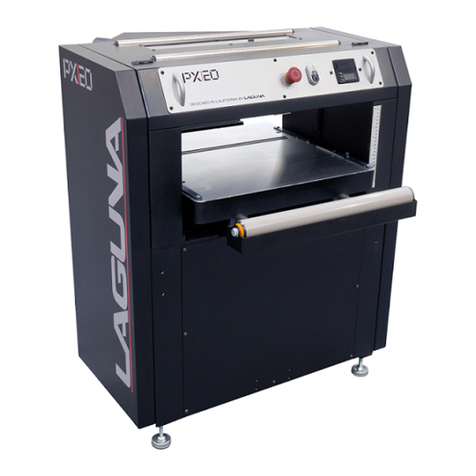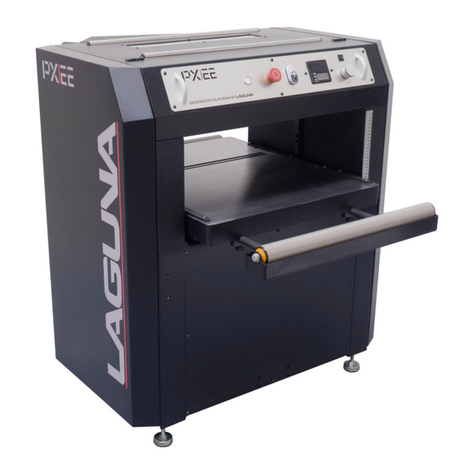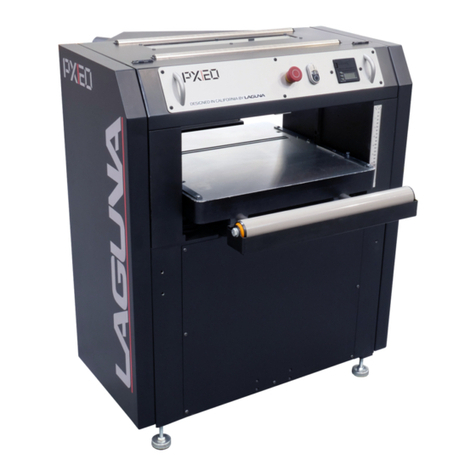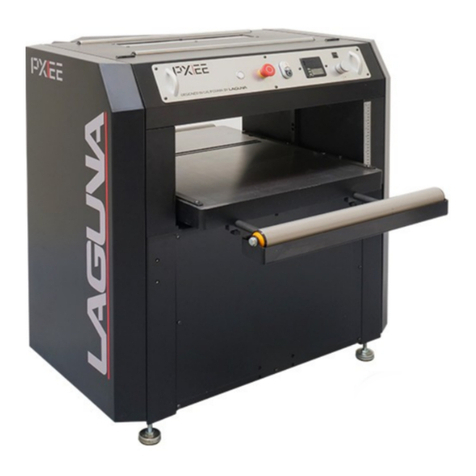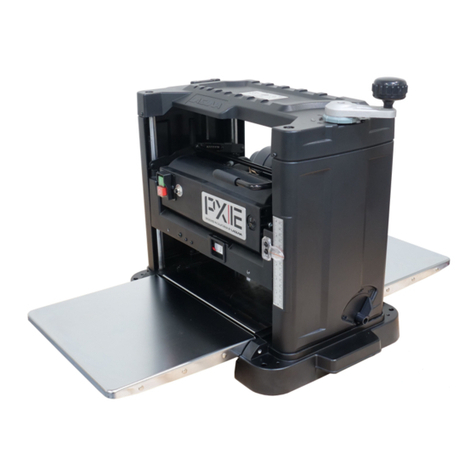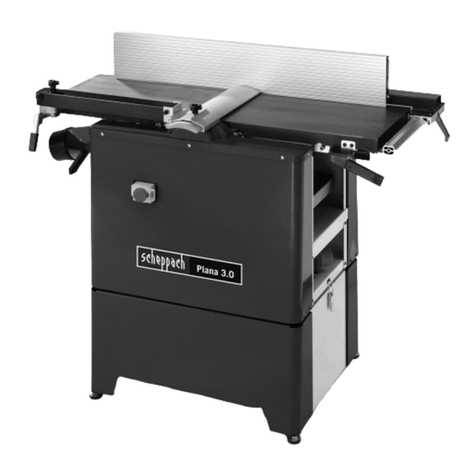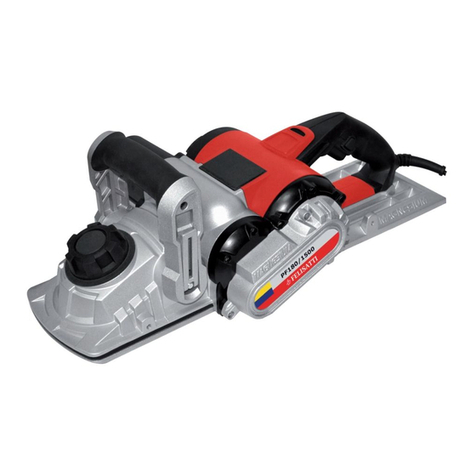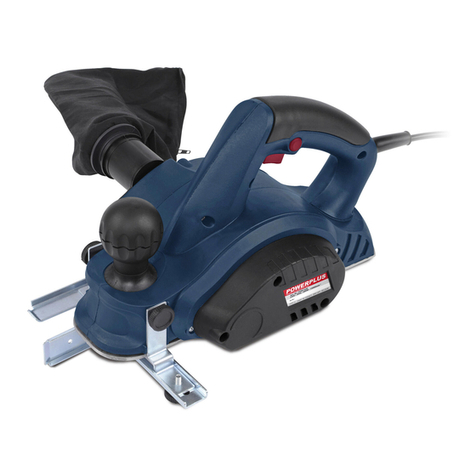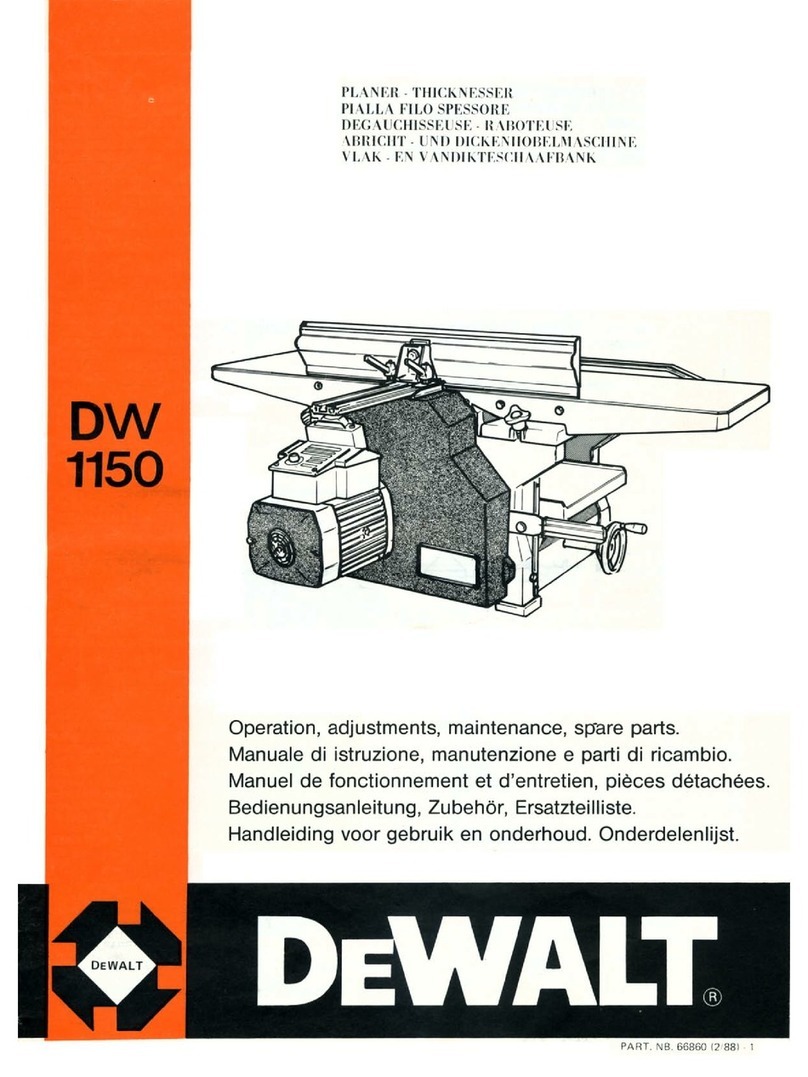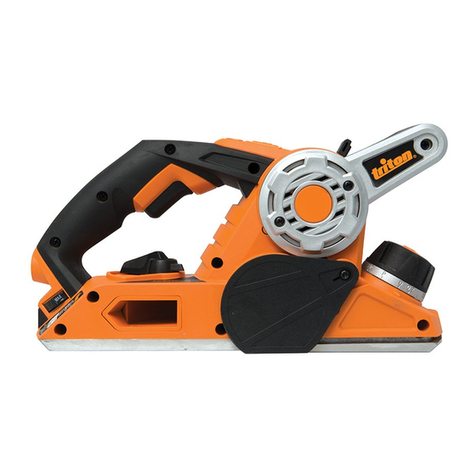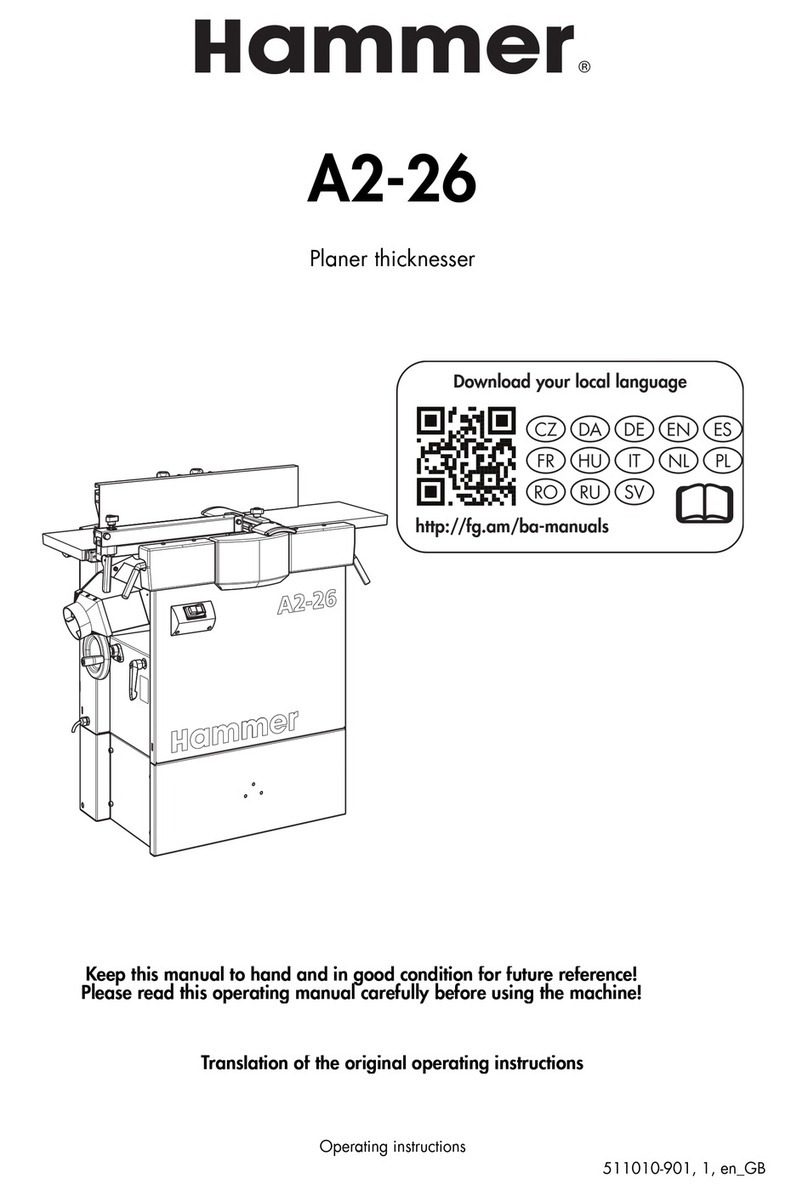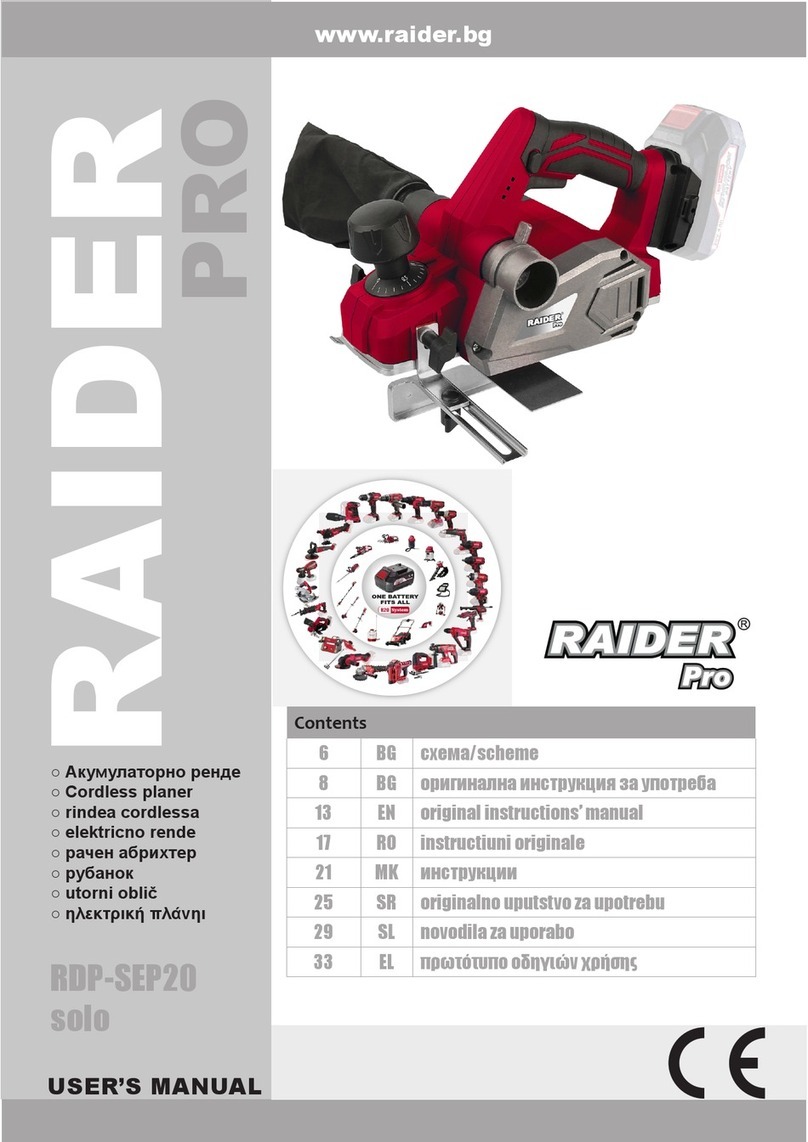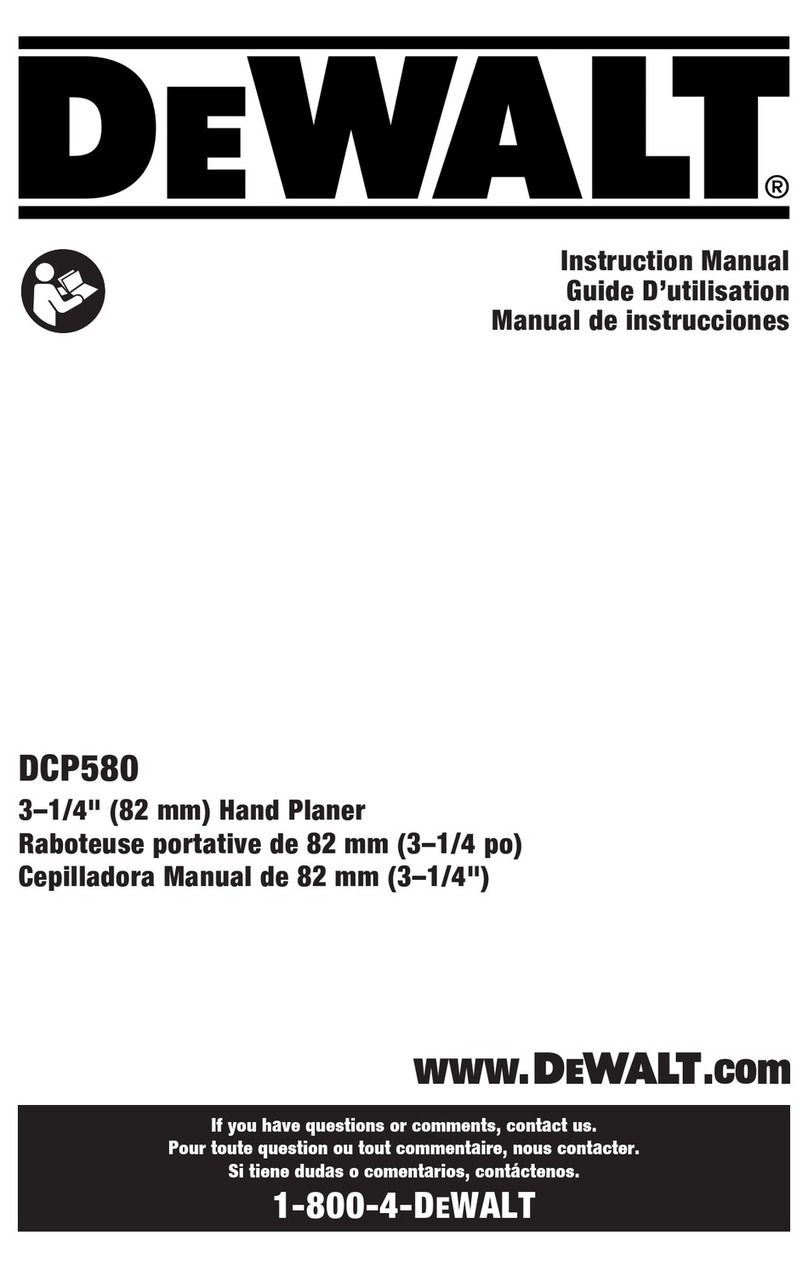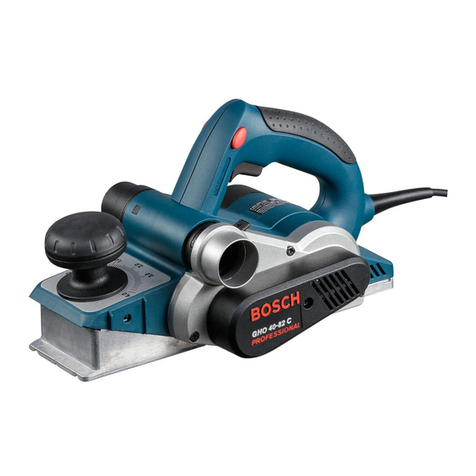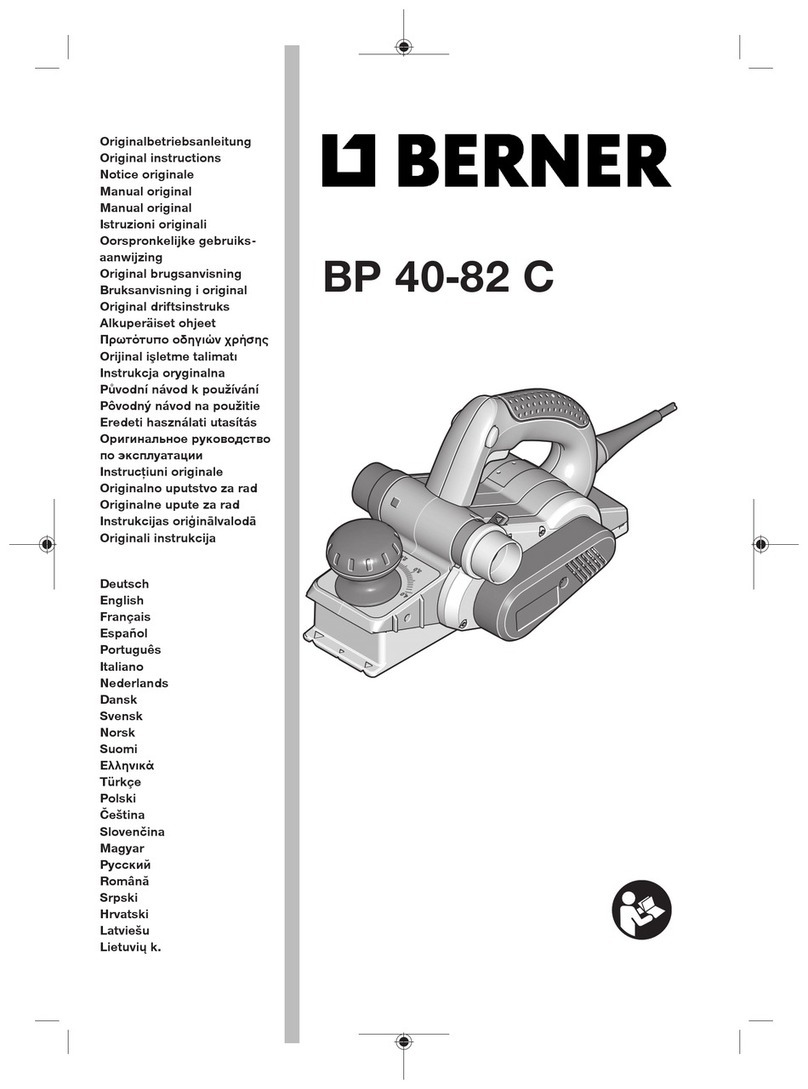
3
Table of Contents Page
Safty Rule ................................................................................................................1
Uncrating the Machine.............................................................................................4
Machine Preparation and Setup ..............................................................................4
Dust Chute Assembly ..............................................................................................5
Table Roller Handle Assembly................................................................................. 5
Control Panel........................................................................................................... 5
Operation Panel....................................................................................................... 6
Raising and Lowering Table .................................................................................. 18
Adjusting Thickness Scale..................................................................................... 18
Table Roller Adjustment ........................................................................................ 18
Changing Feed Rate.............................................................................................. 18
Table Stop ............................................................................................................. 18
Opening Hood........................................................................................................ 18
ShearTec II CUTTERHEAD.................................................................................. 19
Setup of Feed Rollers, Chip Breaker and Pressure Bar ................................... 20
Anti-Kickback Fingers ............................................................................................ 21
Adjustment of In-Feed Roller ................................................................................. 21
Adjustment of Chipbreaker .................................................................................... 21
Adjustment of Pressure Bar................................................................................... 22
Adjustment of Out-feed Rollers.............................................................................. 22
Adjusting Table Gibs.............................................................................................. 22
V-Belt Adjustment .................................................................................................. 23
Adjusting Table Rollers.......................................................................................... 23
Maintenance .......................................................................................................... 24
Troubleshooting ..................................................................................................... 25
Wiring Diagrams
.................................................................................................... 26
PARTS DIAGRAMS............................................................................................... 28
PARTS LIST .......................................................................................................... 34
